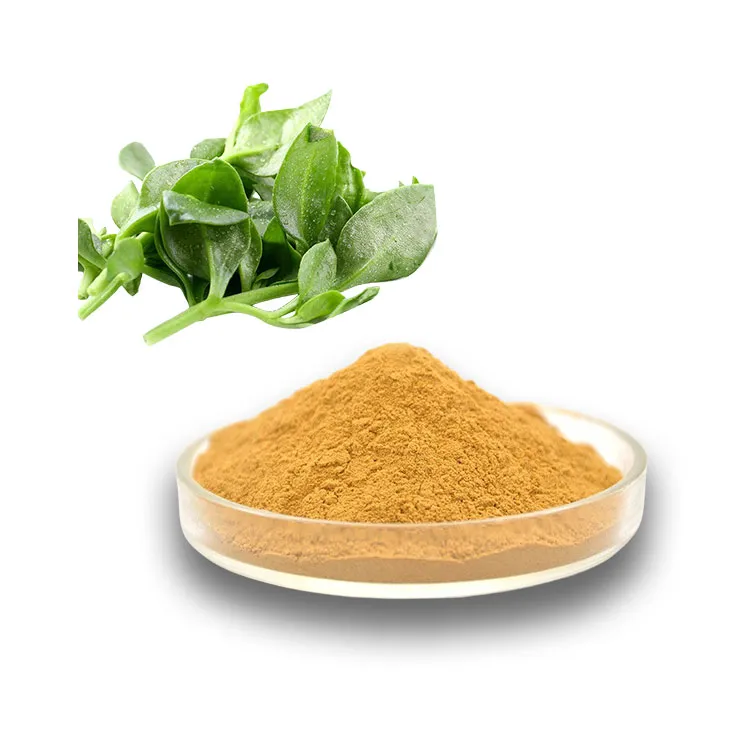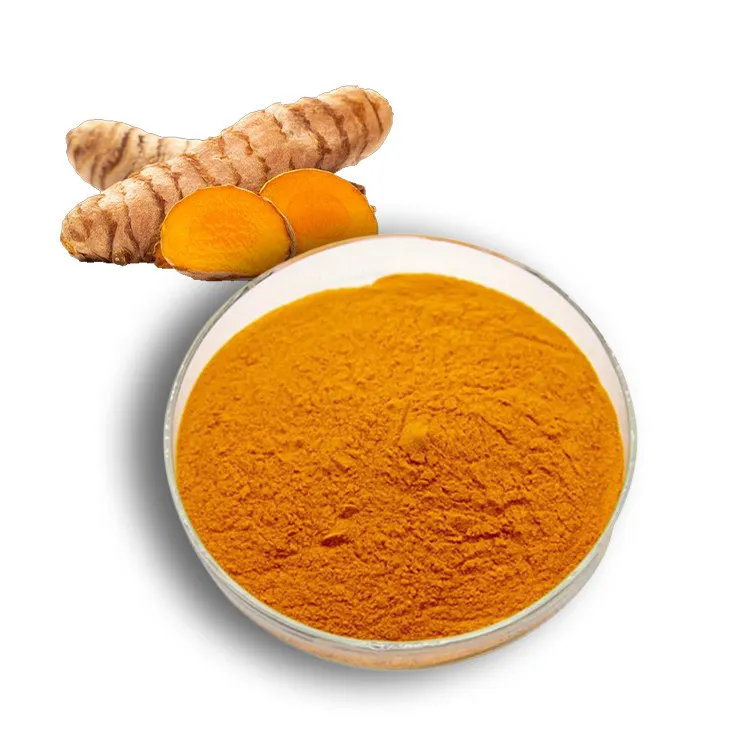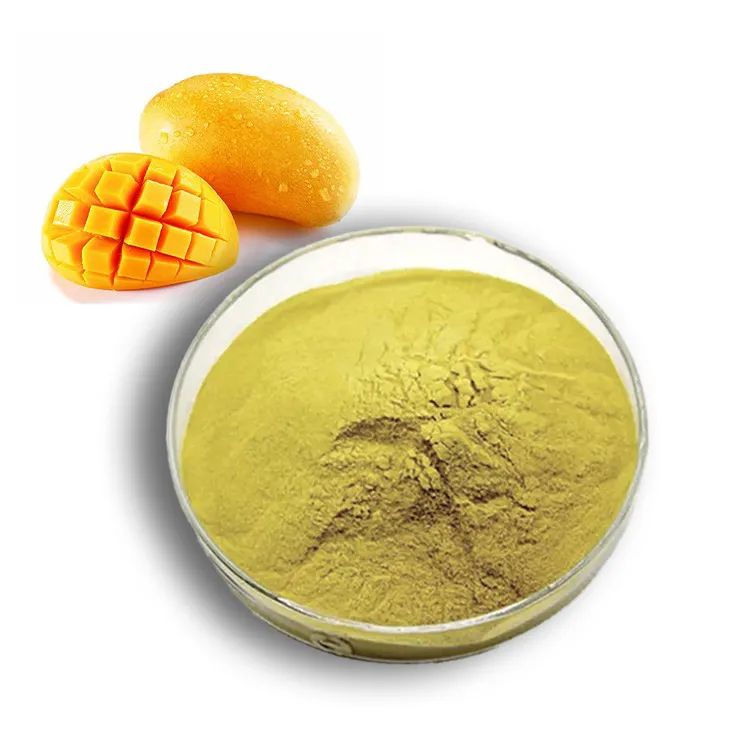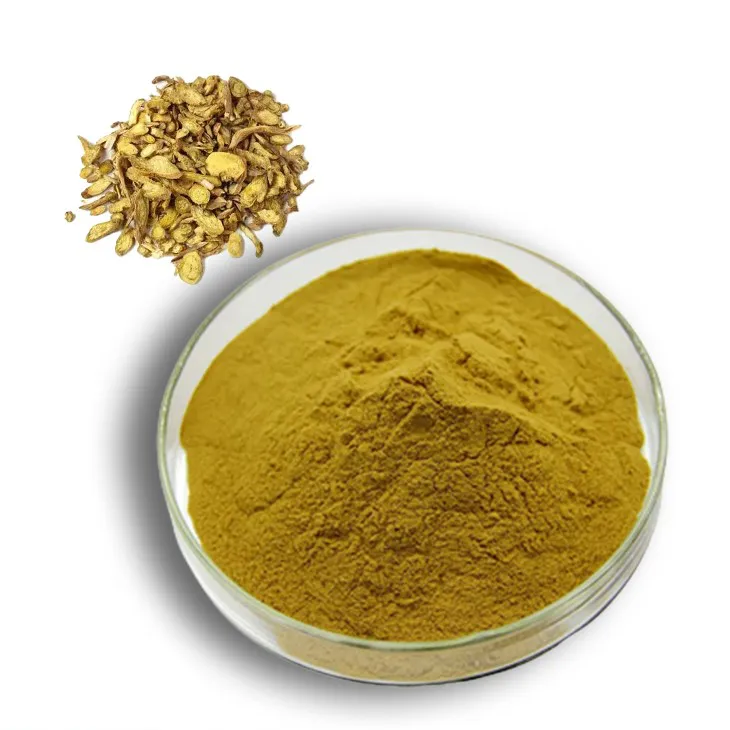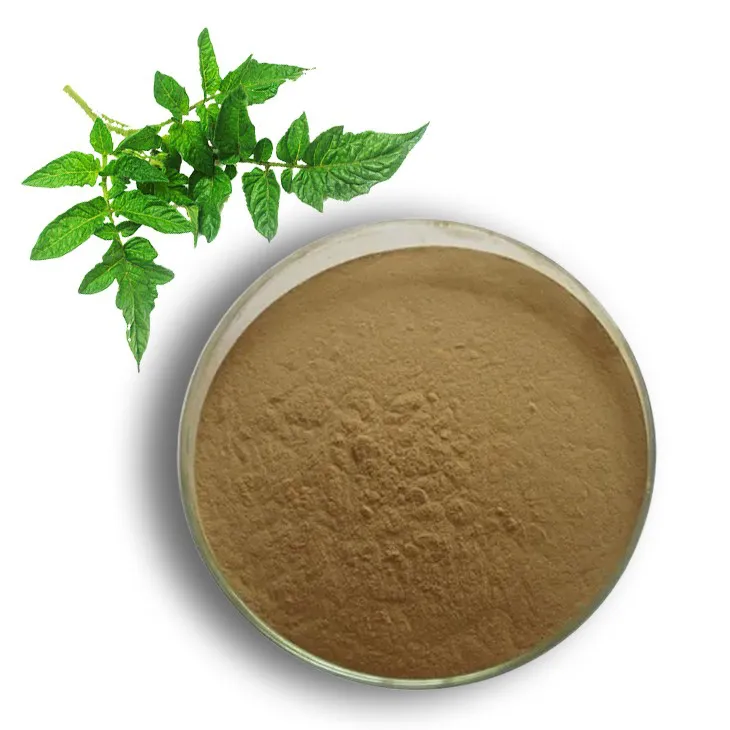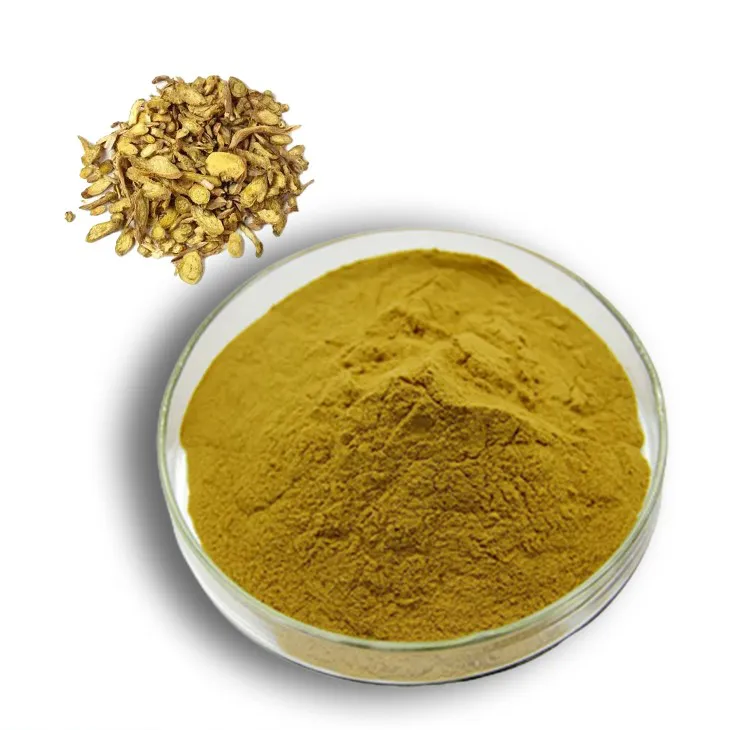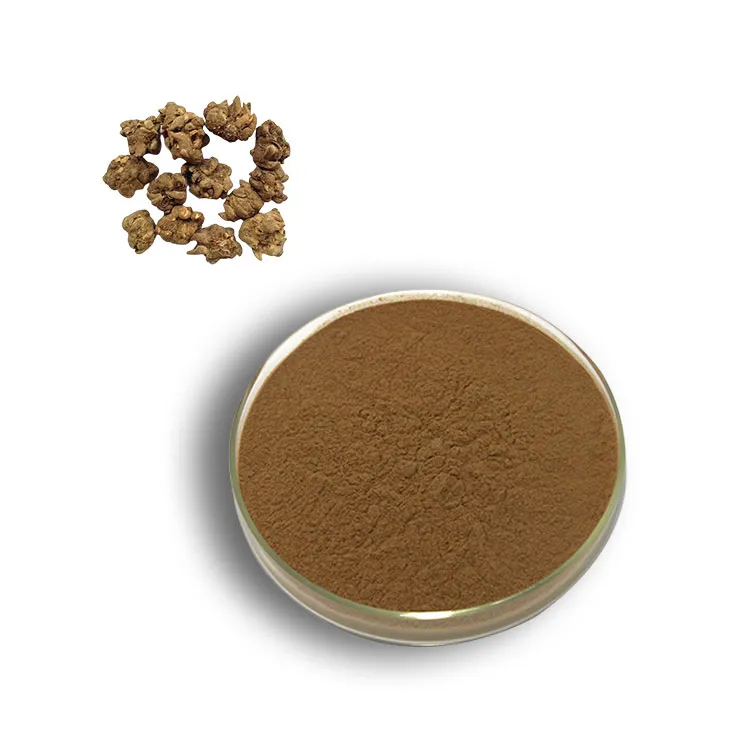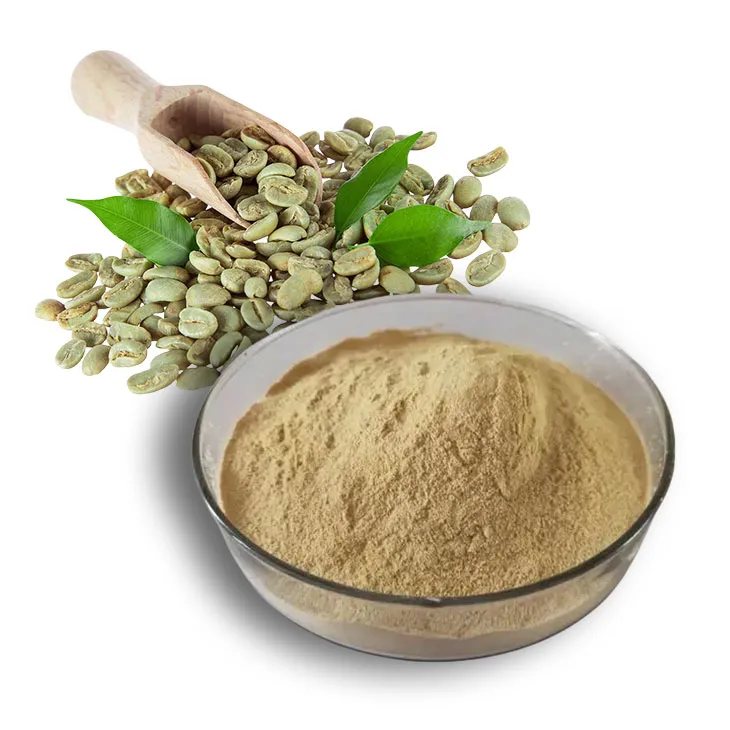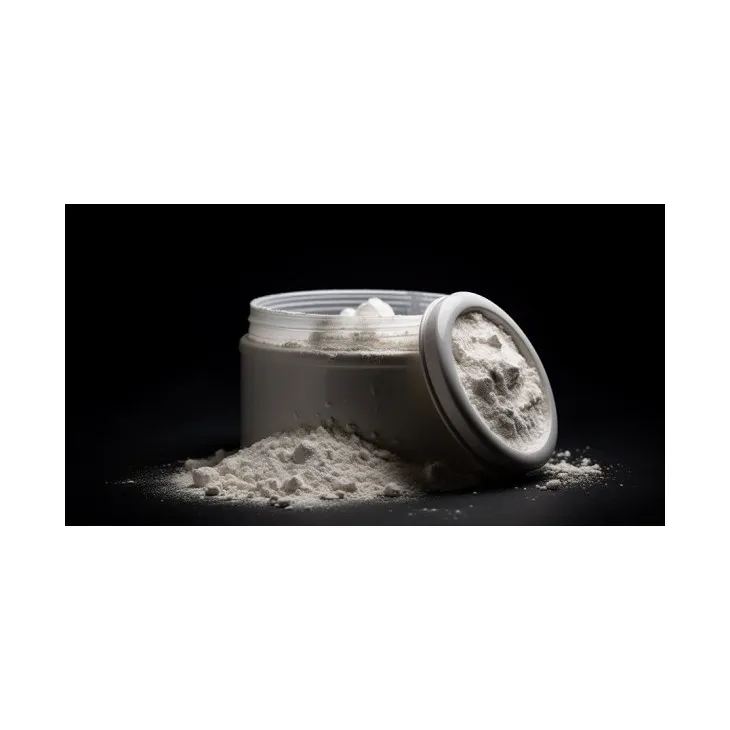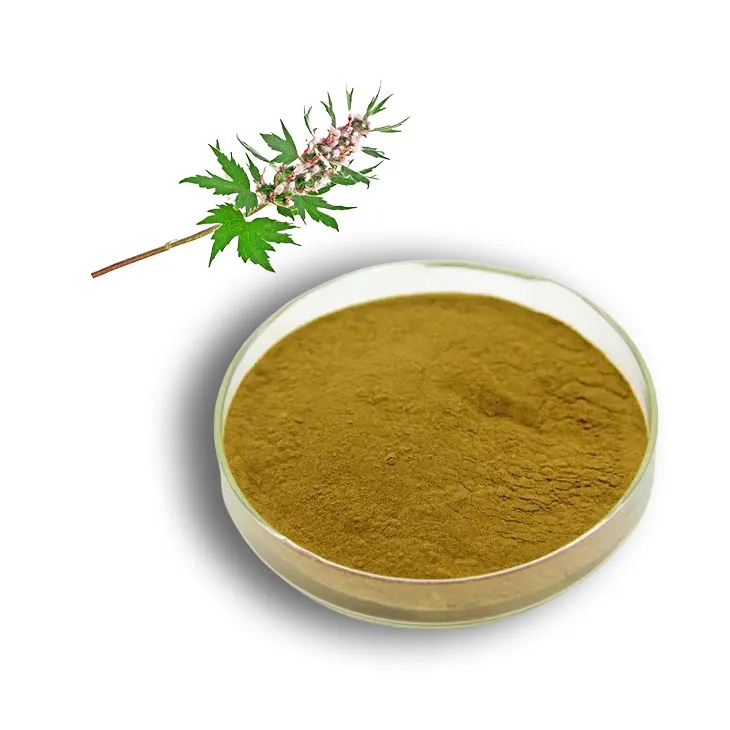- 0086-571-85302990
- sales@greenskybio.com
Understanding and Managing Iron Overload: Risks and Treatments
2025-08-18
Iron, while essential for bodily functions, can become a health hazard when accumulated excessively. Iron overload, a condition affecting an estimated 16 million Americans, primarily results from hemochromatosis—a genetic disorder prevalent in those of Northern European descent. This condition, if left untreated, poses serious health risks due to iron accumulation. Symptoms usually manifest after age 40, often presenting as fatigue, joint pain, and abdominal discomfort, and can easily be mistaken for other ailments.
The Silent Threat of Iron Overload
Martha, like many others, suffers from hemochromatosis, a disorder causing her body to absorb too much iron. Her journey reveals the gradual intensification of symptoms such as fatigue and joint pain, indicating underlying iron overload. If unchecked, this accumulation can damage vital organs including the heart, liver, and brain, leading to severe complications like cirrhosis, diabetes, heart failure, and cognitive decline.
Symptoms and Complications
Iron overload symptoms often appear subtly as fatigue, joint pain, and abdominal discomfort, primarily manifesting after age 40. These symptoms can lead to serious health issues if untreated:
- Liver Damage: Excess iron can cause liver cirrhosis, impairing function and raising cancer risk.
- Endocrine Issues: Iron affects glands, potentially resulting in diabetes and hypothyroidism.
- Heart Problems: Accumulated iron may cause heart failure due to inefficient blood pumping.
Treatment and Management
Phlebotomy, or regular blood removal, is the primary treatment for iron overload. Martha regularly donates blood to relieve her symptoms. "Once I donate blood, I feel immediate relief," she shared. For individuals unable to undergo phlebotomy, chelating agents are an alternative, though less effective.
Dietary management is also crucial. Dr. Daniel Landau, a hematologist, recommends moderation in consuming iron-rich foods, such as steak and leafy greens. Naturopathic doctor Eric Lewis points out that while decreasing iron-rich foods may help, extreme avoidance could lead to other deficiencies.
The Role of Supplements and Risks of Overconsumption
Certain supplements can help manage iron levels. Turmeric, with Curcumin, decreases cellular iron and inflammation. Milk thistle protects the liver, while polyphenols in green and black tea inhibit iron absorption. Supplements can be a convenient alternative to drinking green tea for some individuals.
Iron toxicity isn't limited to hemochromatosis. Accidental ingestion of iron supplements, especially by children, poses a risk of severe poisoning. Additionally, people receiving frequent blood transfusions or with liver diseases are susceptible. Overconsumption from iron-fortified supplements also presents dangers. Joseph Lopez, founder of Pure IV Utah, cautions about supplement overuse, citing a case where a client unknowingly consumed nearly 100 milligrams of iron daily.
Conclusion
Iron overload represents a silent but significant health threat. Increasing awareness, ensuring early diagnosis, and proactive management through treatments like phlebotomy and mindful dietary practices are essential to mitigating these risks. Understanding the balance between necessary iron levels and the potential for overload can help maintain optimal health and prevent severe complications.
- ▶ Hesperidin
- ▶ Citrus Bioflavonoids
- ▶ Plant Extract
- ▶ lycopene
- ▶ Diosmin
- ▶ Grape seed extract
- ▶ Sea buckthorn Juice Powder
- ▶ Fruit Juice Powder
- ▶ Hops Extract
- ▶ Artichoke Extract
- ▶ Mushroom extract
- ▶ Astaxanthin
- ▶ Green Tea Extract
- ▶ Curcumin
- ▶ Horse Chestnut Extract
- ▶ Other Product
- ▶ Boswellia Serrata Extract
- ▶ Resveratrol
- ▶ Marigold Extract
- ▶ Grape Leaf Extract
- ▶ New Product
- ▶ Aminolevulinic acid
- ▶ Cranberry Extract
- ▶ Red Yeast Rice
- ▶ Red Wine Extract
-
Andrographis Paniculata Extract Powder
2025-08-18
-
Curcumin
2025-08-18
-
Mango flavored powder
2025-08-18
-
Baicalin
2025-08-18
-
Senna Leaf Extract
2025-08-18
-
Scutellaria Extract
2025-08-18
-
Cat Claw Extract
2025-08-18
-
Green coffee bean Extract
2025-08-18
-
Aminolevulinic acid
2025-08-18
-
Motherwort Extract
2025-08-18











